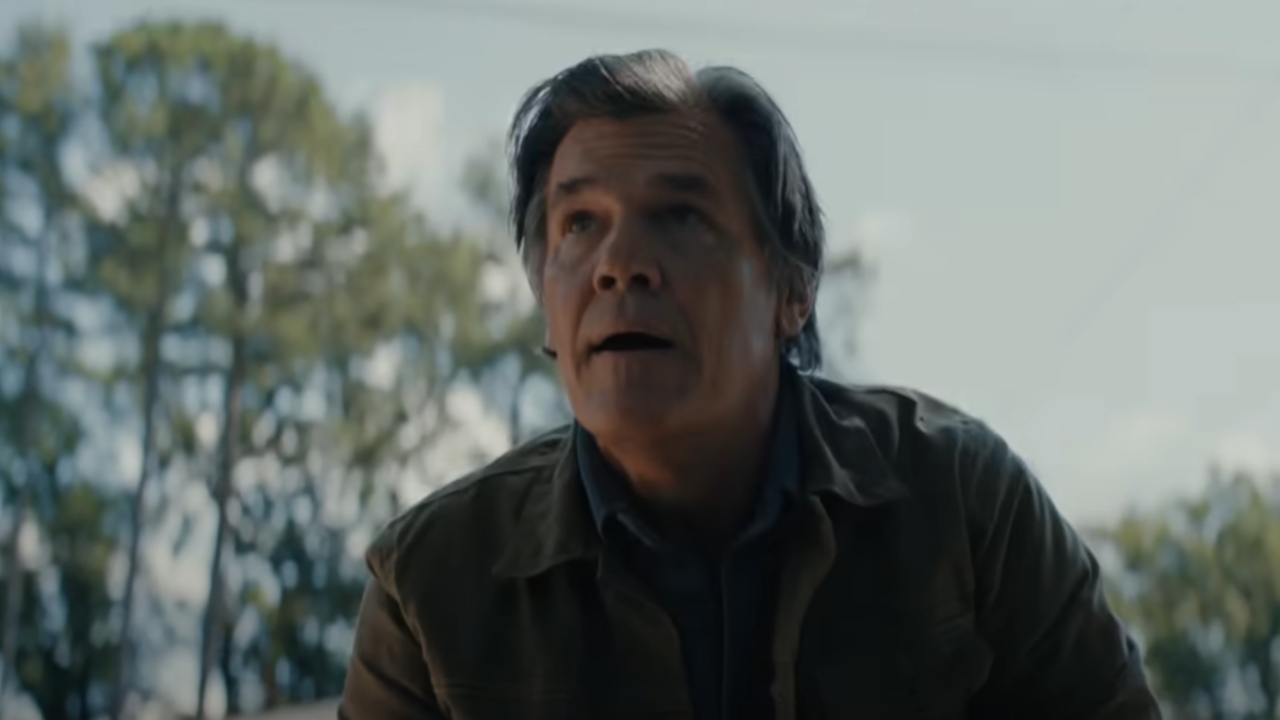5 Changes Wonder Woman Made To The DC Hero's Origin Story

As Wonder Woman's first weekend in theaters comes to a close, it's clear that DC backed the right horse this time around. Patty Jenkins and Gal Gadot have captured lightning in a bottle with Diana Prince's first solo movie, with critics and audiences alike universally praising the action-packed period piece. The DCEU officially feels rejuvenated in a major way, and it's up to Diana to carry us forward into the future.
Of course, while Wonder Woman succeeds in telling a story that remains incredibly faithful to Diana's origins from the 1940s, some fundamental changes have been made along the way. With that in mind, we have gone through the details to pull out five key alterations that Wonder Woman makes to the Amazonian warrior's traditional origin story. These changes are fairly substantial, so let's get started with Wonder Woman's smart decision to turn a critical aspect of Diana's origins into a myth.
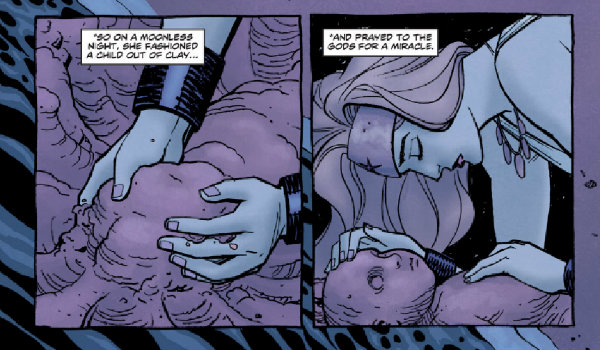
It Turned The "Sculpted From Clay" Concept Into A Myth
When Diana Prince was first introduced to DC Comics back in the 1940s, her true origin was considerably weirder than the current incarnation. In the earliest depictions of the classic heroine, she was sculpted from clay by Hippolyta and brought to life by Zeus. Wonder Woman makes direct reference to this particular origin story but reframes it as a bedtime story told to a young Diana by her mother. Ultimately it feels like a wise retcon for the film to make (recent comic book versions of the character have done this as well) as it acknowledges the bizarre original origin story for Diana while also framing it in a way that's far more palatable for mainstream audiences.
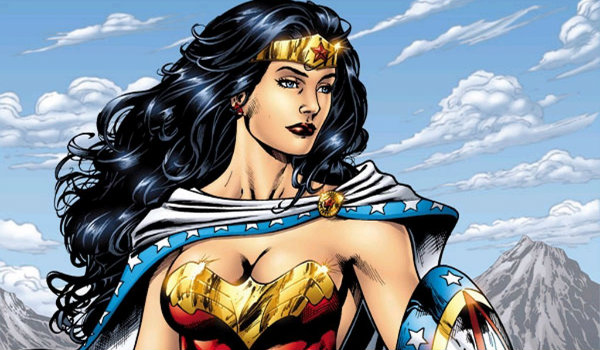
Diana Defies Her Mother To Leave Themyscira
Another way in which Wonder Woman moves away from the traditional Diana Prince origin story is the way in which the story's central hero leaves Themyscira to fight in World War I. In her earliest stories, Diana secretly competed in a competition to see which Amazon would leave Paradise Island with Steve Trevor. In later comic book versions of the story, Diana was chosen as an emissary to go to the world of men. In Wonder Woman, Diana defies her mother and sneaks off of the island to go after Ares because she believes that it's what needs to be done to end the war. It's a minor change, but one that fits the silver screen medium more than her traditional origin.
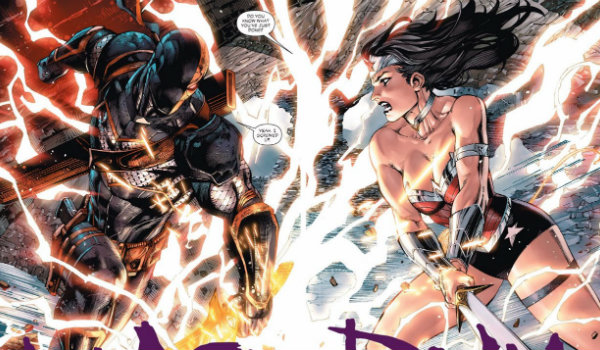
It Turned The God Killer Into A Red Herring
One of the most fascinating changes that Wonder Woman makes to the core DC mythology is the way in which it handles the God Killer sword. By the end of the film, we learn that it is little more than a decoy used to disguise the fact that Diana is the real God Killer, and it's ultimately just a standard piece of weaponry. However, in DC Comics the God Killer has a much more substantial role than the silver screen version. Specifically, the comic book incarnation of the God Killer actually does have specific magical abilities and it can give a mortal like Deathstroke a fighting chance against someone as powerful as Superman.

It Moved From WWII To WWI
The early Wonder Woman comics were a product of their time. Her stories were characterized by a traditional Golden Age sensibility of "gung ho" patriotism that felt firmly rooted in the American mentality of World War 2. However, Patty Jenkins' Wonder Woman film goes in the opposite direction and resets Diana's origin story to World War I. The rationale for this decision is clear when we look at the big picture. WWI is arguably the first major "mechanized" war, and the dark and dreary tone associated with that conflict makes it far more suitable to set up Diana's eventual disillusionment with war and the people who start them. This is not Captain America: The First Avenger; it is something darker.
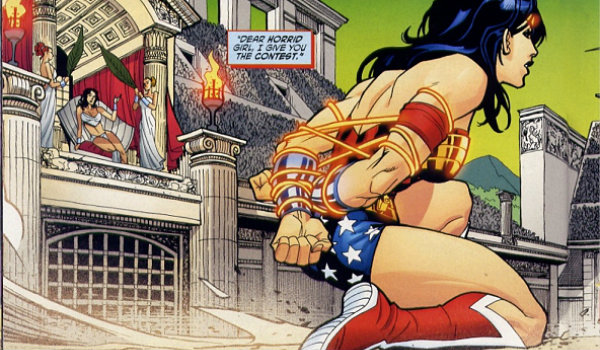
Binding Her By The Wrists Isn't Established As A Weakness
Unlike Batman or Superman, Wonder Woman's weaknesses have always been somewhat vague in the realm of DC Comics. Over the course of her tenure as one of DC's most prominent heroes, one of her only established weaknesses was also one of the weirdest in the genre. Specifically, early versions of the character could have her powers removed if a man could manage to bind her wrists. Wonder Woman does not explicitly deny that Diana has this particular weakness, but the fact that no mention of it is made in her solo film leads us to believe that the live-action version of the character has moved on from such a silly Achilles heel.
Your Daily Blend of Entertainment News
Patty Jenkins' Wonder Woman is now in theaters. Diana Prince will make her next appearance in the DCEU when Zack Snyder's Justice League debuts on November 17.
Originally from Connecticut, Conner grew up in San Diego and graduated from Chapman University in 2014. He now lives in Los Angeles working in and around the entertainment industry and can mostly be found binging horror movies and chugging coffee.

